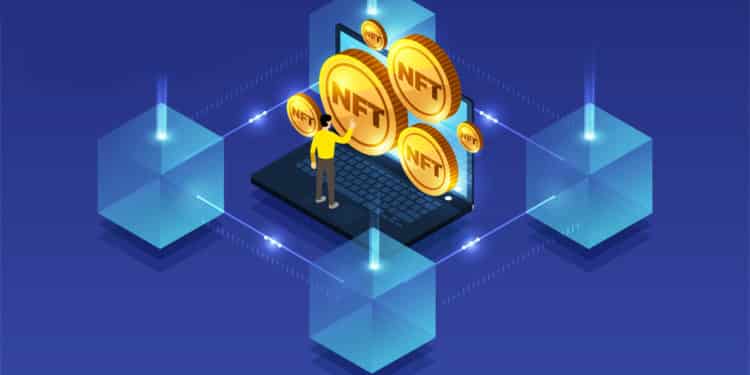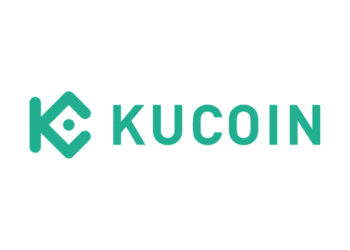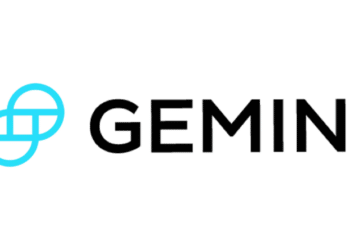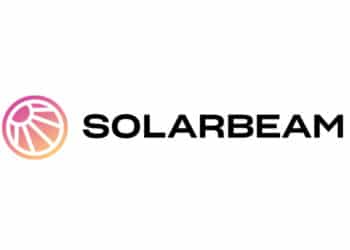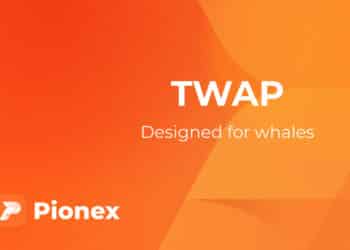In recent years, NFTs have made headlines by selling for millions of dollars on auctions all over the internet. At the beginning of December 2021, the artist dubbed Pak sold an NFT collection for a record-breaking $91.8 million. With such impressive sales becoming commonplace, it is no wonder that most people now want to get in on this craze. This raises the question of where to purchase or even create your own NFTs. Before we dive into that, let’s first describe what these digital assets actually are.
Defining NFTs
A non-fungible token, better known as an NFT, is a digital asset that carries ownership privileges. This is done by tokenizing the asset on a blockchain, which gives it monetary value and assigns ownership to a particular individual. This way, the holder of the NFT can assert its originality and scarcity.
One can tokenize any digital creation into an NFT, be it artwork, a character from an online game, land from a virtual world, a music file, or even a collectible sporting moment. An NFT marketplace, by extension, is a platform where you can trade these digital assets. In addition to trading, some platforms also allow minting, which is the process of creating NFTs.
Factors to consider when choosing an NFT platform
1. Requirements for creating an account
Before you can join and trade on any NFT platform, you first need to create an account. Most of these marketplaces will charge a network fee. Depending on the blockchain it is hosted on, this fee may be low or high. For instance, Ethereum, the most commonly used blockchain for these digital assets, is famed for its high gas fees. Additionally, since it involves capital outlay, you should choose a secure platform for your NFT trades.
2. Crypto wallet
Before you can complete the account registration process on your platform of choice, you have to connect a compatible crypto wallet. This depends on the blockchain that the marketplace is hosted on. If you choose an Ethereum based one, you can connect a MetaMask wallet. To get this wallet, you only need to download a Google Chrome extension.
3. Funds in crypto
Some marketplaces allow payment in multiple crypto tokens, while others only deal in one proprietary coin. Therefore, find out what cryptocurrencies are compatible with the platform you intend to use, and load your wallet with those coins.
Top NFT platforms
1. OpenSea
This is the biggest NFT marketplace in existence today. Hosted on the Ethereum blockchain, this platform is compatible with 241 tokens, including stablecoins. It also supports various other blockchains such as Polygon and Klaytn. This makes the NFTs on it accessible to a wide variety of users, which only serves to expand its reach.
What’s more, it allows users to post NFTs created on other networks, and it also comes with an easy-to-use minting feature for creating these digital assets. Due to the abundance of these non-fungible tokens on the platform, it includes a filter feature for easily finding the specific type you require. You can also gift NFTs to other OpenSea users right on the platform.
2. Axie marketplace
This is the marketplace for the popular play-to-earn game Axie Infinity. In this game, players breed and battle special characters called Axies. These creatures have special capabilities, and each one of these characters can be traded on the Axie marketplace as an NFT. Players can also earn rewards for breeding Axies and winning battles in the form of the game’s native SLP token. This token can then be traded for any other coin on the most popular exchanges. Through gameplay, users can also earn Axie Infinity Shards (AXS), which is used as a governance token on the platform.
3. Rarible
Rarible was one of the earliest NFT marketplaces to grace the world of crypto. On it, users can buy and sell NFTs as well as mint new tokens. Unfortunately, it only accepts payments in its native coin, RARI. It is a community-owned platform, and RARI coins are used as governance tokens. It has partnered with various re-known firms to secure the work of artists on the platform, such as Adobe.
Though it is hosted on the Ethereum blockchain, it is also compatible with Tezos and Flow. When minting NFTs on the platform, you can choose which network you want to mint on, between Ethereum, Tezos, and Flow.
4. Decentraland
This is a virtual world where users get to buy and sell virtual plots of land, develop projects and games on them, create content and earn from their creations. Decentraland uses two tokens, LAND which defines ownership rights of the land, and MANA, which is used as a mode of payment for purchasing land and other assets.
The game also features a marketplace where users can trade LAND tokens, which are priced in MANA. They can also trade other assets in the game, such as clothing and names. The platform has also hosted virtual concerts and other events.
5. Super Rare
This was one of the oldest platforms to allow users to mint NFTs right on the marketplace. It features various NFT types, from music to art, videos; you name it. Its minting process is one of the most efficient and straightforward in the market today. To further increase its efficiency, Super Rare is actively pursuing introducing many open wallets and API.
Conclusion
An NFT is a tokenized representation of digital artwork, which could be anything from a music file, a video, an image, or any other work of art. There are several platforms for trading these digital assets. Some like OpenSea are compatible with multiple cryptocurrencies, while others like Rarible only accept their native tokens as a mode of payment. Some of these platforms are also compatible with multiple blockchains, which allows users to choose the most efficient minting processes.


